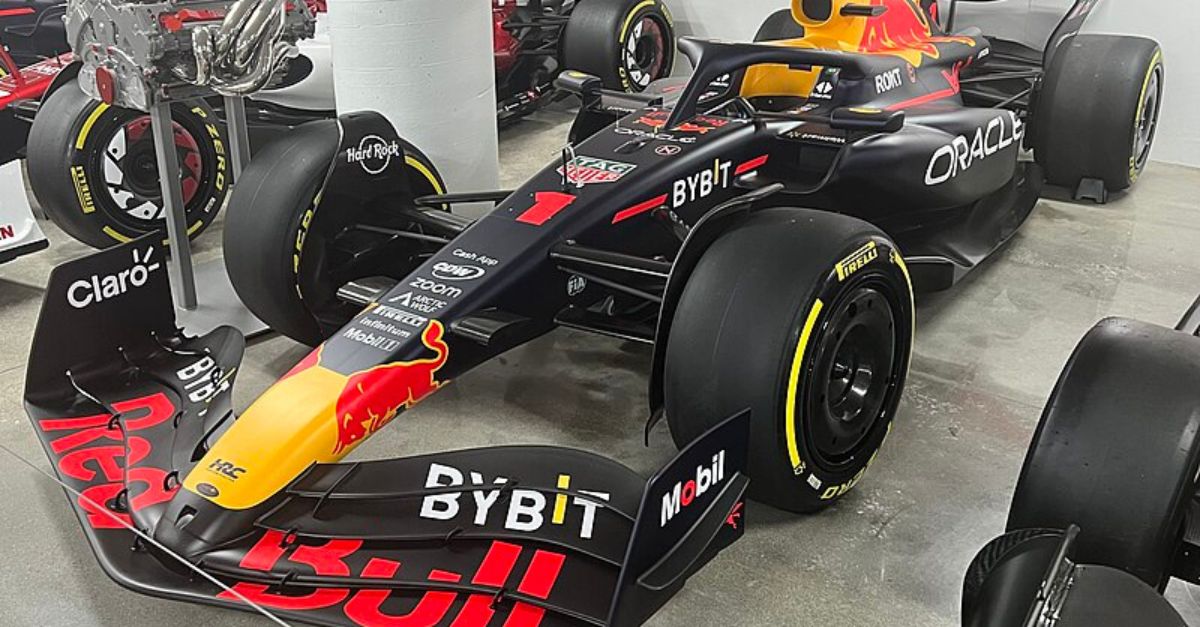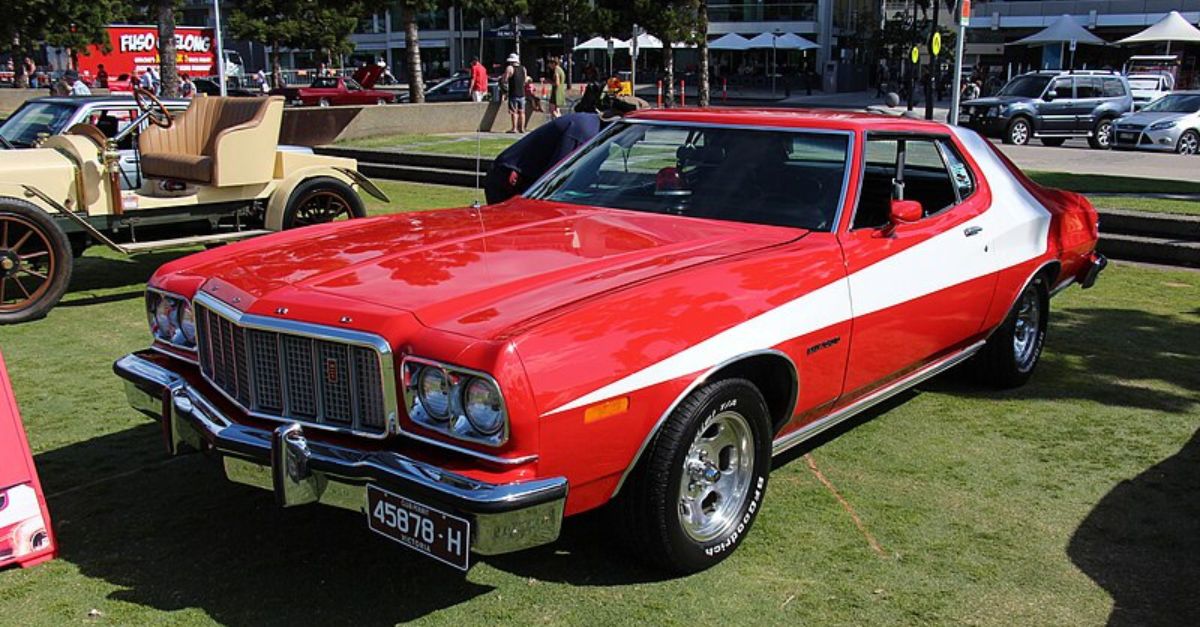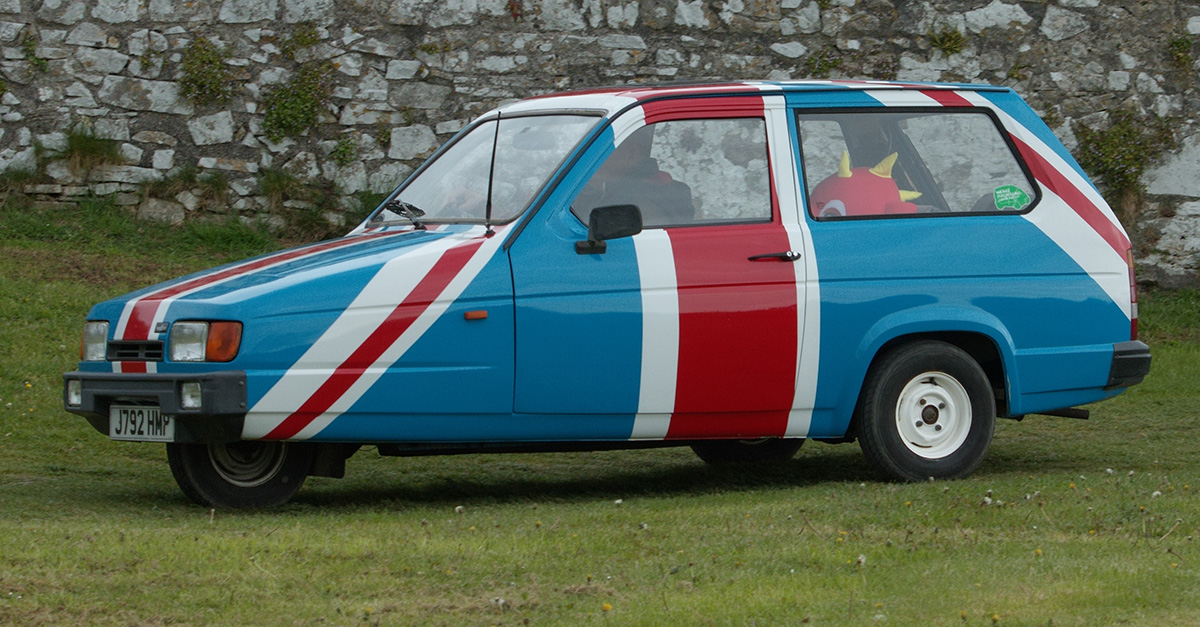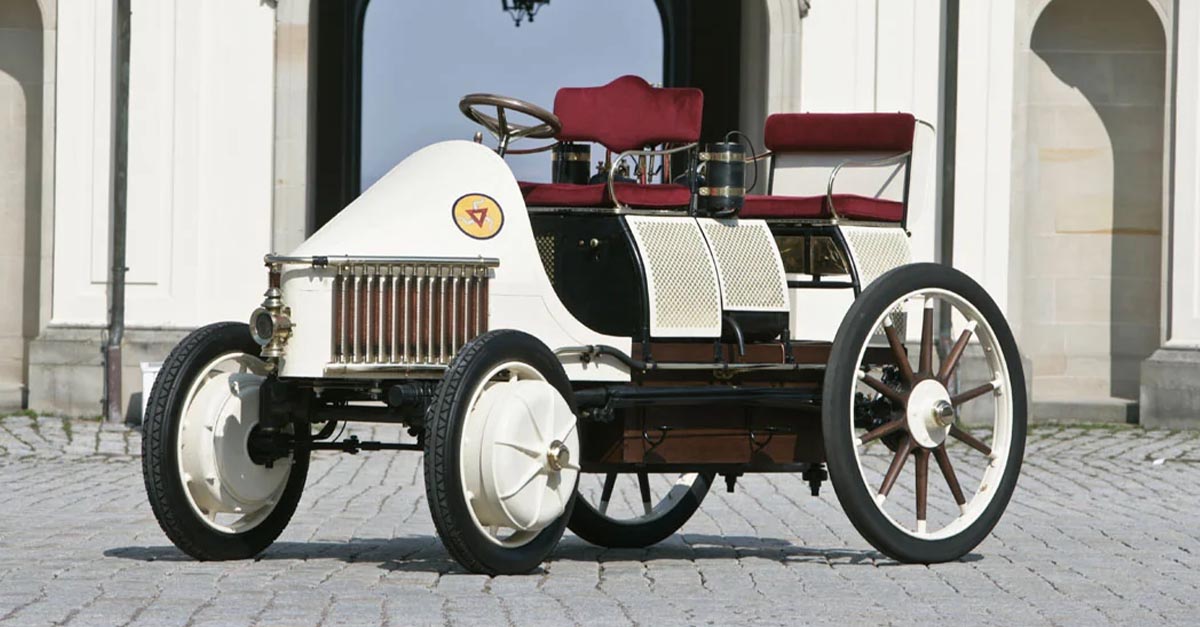Speed, Spite, Victory
The wounded pride of one created an American legend as Ford sought to establish itself as a serious competitor in endurance racing. What followed was a pricey revenge, and here is the story.
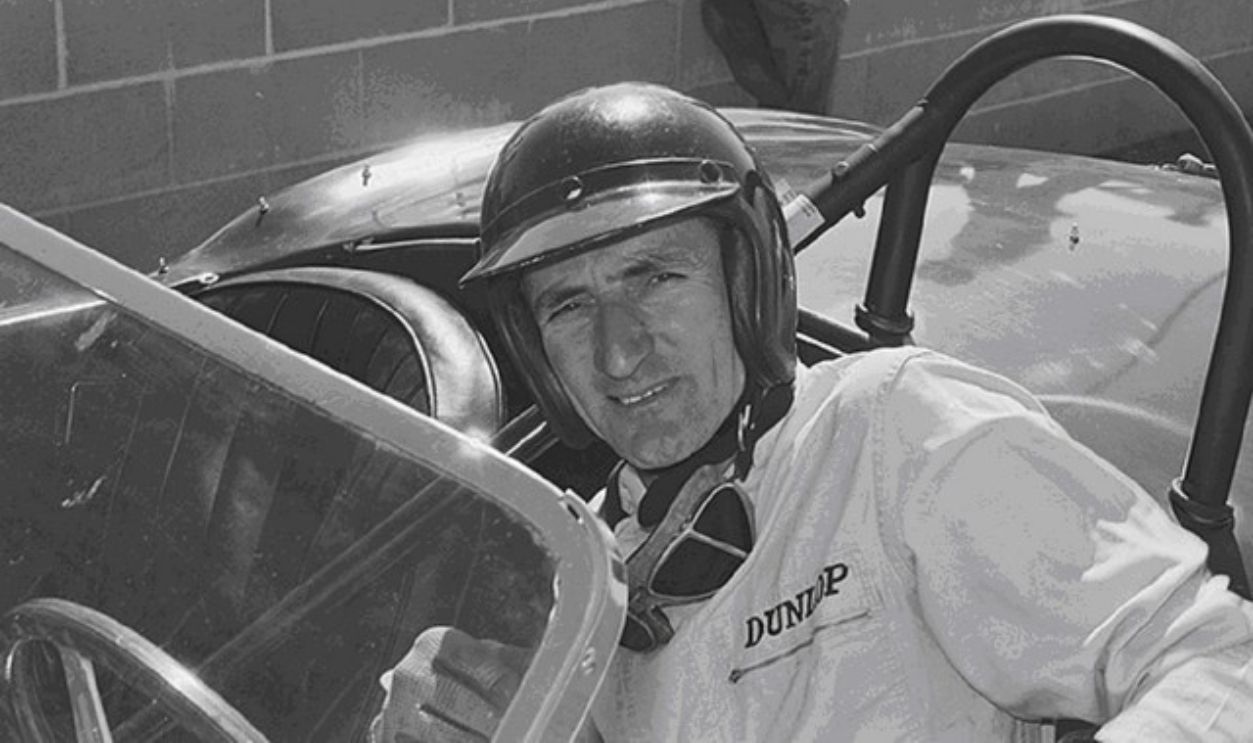
Origin Of The GT40
It all began in 1963 when Ford tried to buy Ferrari in order to boost their motorsport game. However, the deal fell through when Enzo Ferrari wouldn’t give up control of his company. So, Ford decided to focus on building their own racing dreams instead.
 Rainer W. Schlegelmilch, Wikimedia Commons
Rainer W. Schlegelmilch, Wikimedia Commons
Design And Development
So, in June 1963, after the failed negotiations to acquire Ferrari, Ford established the Ford Advanced Vehicles (FAV). The team under this was tasked with designing a racing GT car capable of competing in major events like Sebring and Le Mans.
The 40-Inch Revolution
The initial design concepts put forth by the High Performance and Special Models Operation Unit included the revolutionary idea of keeping the car's height at 40 inches. This led to the name "GT40" (GT for Gran Turismo and 40 for its height in inches).
 Calreyn88, CC BY-SA 4.0, Wikimedia Commons
Calreyn88, CC BY-SA 4.0, Wikimedia Commons
Key Designers
The project teamed up some big names, like Roy Lunn along with Eric Broadley from Lola Cars and John Wyer, who knew a thing or two about endurance racing. They all joined forces to create a ride that could take on the well-known European competitors.
 Roy Lunn speech - Automotive Hall of Fame by Automotive Hall of Fame
Roy Lunn speech - Automotive Hall of Fame by Automotive Hall of Fame
Prototype Development
The first prototype, known as chassis no. GT/101 was completed in March 1964, featuring a steel body powered by a 4.2-liter V8 engine designed for racing. It also had a steel semi-monocoque body, which Abbey Panels fabricated in England.
 Ford GT40 Chassis Construction at Abbey Panels by Adam C
Ford GT40 Chassis Construction at Abbey Panels by Adam C
Launch And Public Reveal
After its completion, GT/101 was launched at an open day for journalists at Ford Advanced Vehicles (FAV) in April 1964. It was then displayed at the New York International Auto Show from April 4 to 12, 1964, beginning in media attention.
 adolf martinez soler, Shutterstock
adolf martinez soler, Shutterstock
The First Race
On May 31, 1964, the Ford GT40 made its racing debut at the 1000-kilometer Nürburgring. During the race, the car initially held strong positions but ultimately faced reliability issues with its suspension. These problems led to its retirement after 16 laps.
 Target 200 (GT40) - 1964 by FordHeritage
Target 200 (GT40) - 1964 by FordHeritage
Racers At The Wheel
The car was driven by racers Phil Hill and Bruce McLaren, both of whom had great experience in competitive racing. The racer qualified in a good position, specifically second behind a Ferrari, indicating it could hold its own against established rivals.
 Lothar Spurzem, CC BY-SA 2.0 DE, Wikimedia Commons
Lothar Spurzem, CC BY-SA 2.0 DE, Wikimedia Commons
Early Challenges
Even though this masterpiece was super fast, it had some serious issues with stability when cruising over 170 mph. This problem was made worse because its aerodynamics were still very much in the early design stages, making it difficult to control at high velocities.
 Ford GT40 1964 Le Mans by AACA Library & Research Center
Ford GT40 1964 Le Mans by AACA Library & Research Center
First Competitive Outings
Basically, the GT40's debut race, along with other entries at the Le Mans 24 Hours and Reims 12 Hours, resulted in a series of DNFs (Did Not Finish). These races highlighted mechanical issues and gearbox problems that plagued the team in its early season.
 Ford GT40 1964 Le Mans by AACA Library & Research Center
Ford GT40 1964 Le Mans by AACA Library & Research Center
Transition To Shelby
After a disappointing debut season, Ford entrusted Carroll Shelby with the GT40 program in 1965. Shelby and his team upgraded the original 4.2-liter V8 engine to a stronger 7.0-liter V8 engine, which was previously successful in his Cobra race cars.
 Sherry Lambert Stapleton, CC BY-SA 2.0, Wikimedia Commons
Sherry Lambert Stapleton, CC BY-SA 2.0, Wikimedia Commons
Dawn Of Dominance
Hence, the revamped GT40 made its mark at the Daytona 2000 Kilometers race in February 1965, where it achieved its first victory. Following this, the GT40 secured a lovely second-place finish at the Sebring 12 Hours in March that same year.
 1965 Daytona Continental 2000 by King Rose Archives
1965 Daytona Continental 2000 by King Rose Archives
Le Mans 1966 Victory
However, a historic win came at the 1966 Le Mans when it became the first American car to win the prestigious event, breaking Ferrari's six-year winning streak. After this victory, the GT40 went on to win Le Mans three more times consecutively from 1967 to 1969.
 24 Hours of Le Mans 1966 (24 Heures Du Mans Goodyear) by LEMANSCENTER
24 Hours of Le Mans 1966 (24 Heures Du Mans Goodyear) by LEMANSCENTER
Three Cars, Six Champions
The race happened on June 18-19, 1966, and it had three Ford GT40 Mk II prototypes on the track. Some well-known drivers behind the wheel were Ken Miles and Denny Hulme, Bruce McLaren and Chris Amon, as well as Lloyd Ruby and Dan Gurney.
 Sicnag, CC BY 2.0, Wikimedia Commons
Sicnag, CC BY 2.0, Wikimedia Commons
Discontinuation Of GT40
Production of the original Ford GT40 ceased in 1969, with 100 units made. In 1968, the racing regulations changed, limiting prototype engines to 3.0 liters. This rule shift rendered the large-displacement V8 engines used in the GT40 obsolete for competitive racing.
 Sicnag, CC BY 2.0, Wikimedia Commons
Sicnag, CC BY 2.0, Wikimedia Commons
GT Revival In 2004
After some years, in 2004, Ford revived the iconic GT nameplate with a new model inspired by the original GT40. It featured a supercharged 5.4-liter V8 engine that delivered 550 horsepower and 500 lb-ft of torque, with a 6-speed manual transmission.
 Amit Belani, CC BY-SA 2.0, Wikimedia Commons
Amit Belani, CC BY-SA 2.0, Wikimedia Commons
Racing Aspirations
The revival was not just about nostalgia, as the Ford GT made its racing debut in the 2004 American Le Mans Series (ALMS). It showed that the spirit of competition and performance from the original GT40 was very much alive.
 Alexander-93, CC BY-SA 4.0, Wikimedia Commons
Alexander-93, CC BY-SA 4.0, Wikimedia Commons
First-Generation Ford GT (2004–2006)
As a modern reinterpretation, the Ford GT came with a 5.4-liter supercharged V8 engine that pumped out 550 horsepower at 6,500 rpm and 500 lb-ft of torque at 3,750 rpm. This car featured Goodyear Eagle F1 Supercar tires (front: 235/45ZR18 & rear: 315/40ZR19).
 Winning Automotive Photography, CC BY 2.0, Wikimedia Commons
Winning Automotive Photography, CC BY 2.0, Wikimedia Commons
Second-Generation Ford GT (2017–2019)
This one was driven by a 3.5-liter twin-turbocharged V6 engine that emitted around 647 horsepower at 6,250 rpm and 550 lb-ft of torque at 5,900 rpm. This engine was derived from Ford's EcoBoost technology, with a 7-speed dual-clutch automatic transmission.
 Ruben de Rijcke, CC BY-SA 4.0, Wikimedia Commons
Ruben de Rijcke, CC BY-SA 4.0, Wikimedia Commons
Second-Generation Ford GT (2017–2019) (Cont.)
The GT employed an advanced suspension system with unequal-length control arms and electronically adjustable dampers. This beast could reach a top speed of 216 mph (348 km/h). It had a dry weight of around 3,054 pounds (1,384 kg).
 Joe Ross, CC BY-SA 2.0, Wikimedia Commons
Joe Ross, CC BY-SA 2.0, Wikimedia Commons
Competition Series
The second-generation Ford GT included some limited editions that celebrated its racing heritage and performance. Noteworthy pieces among these were the Competition Series and Heritage Editions, which were created to honor Ford's victories at Le Mans.
 Joe deSousa, CC0, Wikimedia Commons
Joe deSousa, CC0, Wikimedia Commons
Heritage In Gulf Blue
One prominent example is the 66 Heritage Edition, which replicated the livery of the winning car from the 1966 Le Mans. It displayed a striking blue and orange color scheme that was reminiscent of the Gulf Oil sponsorship.
 Jiří Sedláček, CC BY-SA 4.0, Wikimedia Commons
Jiří Sedláček, CC BY-SA 4.0, Wikimedia Commons
Current Generation Ford GT (2019–Present)
For improved performance, the Ford GT has Michelin Pilot Sport Cup 2 tires and carbon ceramic brakes, sharing components with the F-150 Raptor. Besides, the car’s carbon fiber monocoque chassis and aluminum body panels result in a dry weight of about 1,385 kg (3,053 lbs).
 Alexander Migl, CC BY-SA 4.0, Wikimedia Commons
Alexander Migl, CC BY-SA 4.0, Wikimedia Commons
Cultural Impact
The cultural impact of the Ford and Ferrari rivalry during the 1960s has been popularized through the film Ford v Ferrari. It dramatizes this intense competition by focusing on the events surrounding the 1966 Le Mans race and figures like Carroll Shelby and Ken Miles.




